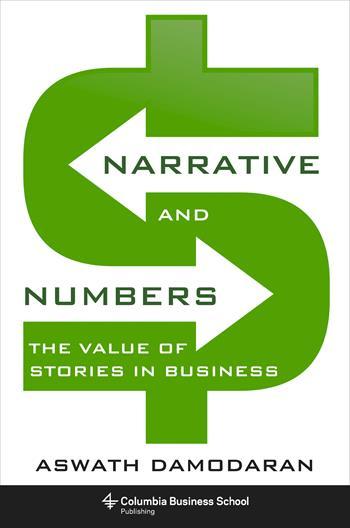 AM | @agumack
AM | @agumack Exciting news! Professor Aswath Damodaran is out with a new book! Narrative and Numbers. The Value of Stories in Business has just been published by the Columbia Business School. As he explains in this post from his blog and on this presentation, he develops the valuation of four companies: Uber, Amazon, Alibaba and Ferrari. He is as interested about the story —as it is conveyed by companies themselves— as he is about the raw numbers. Here's Prof. Damodaran on his choices:
1. Uber, the ride-sharing phenomenon: I start with the story that I told about Uber in June 2014, and the resulting value, and how that story evolved over the next 15 months as I learned more about the company and its market/competition changed.
2. Amazon, the Field of Dreams Company: Amazon is a story stock that seems to defy the numbers laws and I use it to illustrate how the value for Amazon can vary as a function of the story you tell about it.
3. Alibaba, the China story: The China big market story has been used to justify the valuations of many companies, but Alibaba is one case where the use of that story is actually merited. In my story, Alibaba continues to dominate the growing Chinese online retail market and my value reflects that, but I also look at how that value will change if Alibaba can replicate its success globally (Alibaba, the Global Story).
4. Ferrari, the Exclusive Club: I value Ferrari as an exclusive club, leading into its IPO, and explore how that value will change if you assume that it will follow a different business model.
Reading Prof. Damodaran's book could be a very interesting undertaking for the Finance Club. Because Uber is still not a public company, I am pretty sure that the analysis will include 'bottom-up' beta calculations for the cost of equity. The Amazon story looks particularly interesting from a narrative point of view, as CEO Jeff Bezos has been incredibly spot-on. Alibaba would take us to the Chinese market (and the cost of capital calculations in the Chinese currency) while Ferrari is in a league of its own.
________________